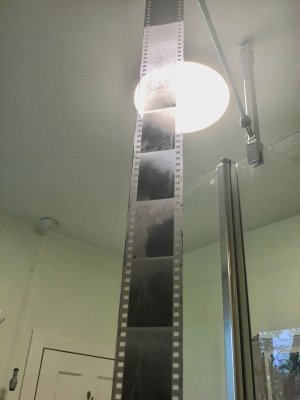Ralph Turner
Well-Known Member
My first run try out with this emulsion (a fathers day gift from my son). I finally got round to developing it this morning in my usual caffenol c-h mix for the usual time (15mins). Quite a bit of base fog and what looks like light seal issues with my old Minolta XG-M (particularly at the start of the film). One possibility regarding the fog is that I somehow measured out an insufficient amount of bromide, though it is only a 10p iso film, so shouldn’t have been too bothered by that. There may also be aspects of this film and the handling of it that I’ve overlooked, especially with it’s extended red sensitivity If anyone has any other thoughts… Hopefully when I scan them I may get further clues.
I took a look at the seals and the foam is fairly limp. Ah well, another little project for some point in the future. If anything scans up worth looking at I’ll post here
I took a look at the seals and the foam is fairly limp. Ah well, another little project for some point in the future. If anything scans up worth looking at I’ll post here

